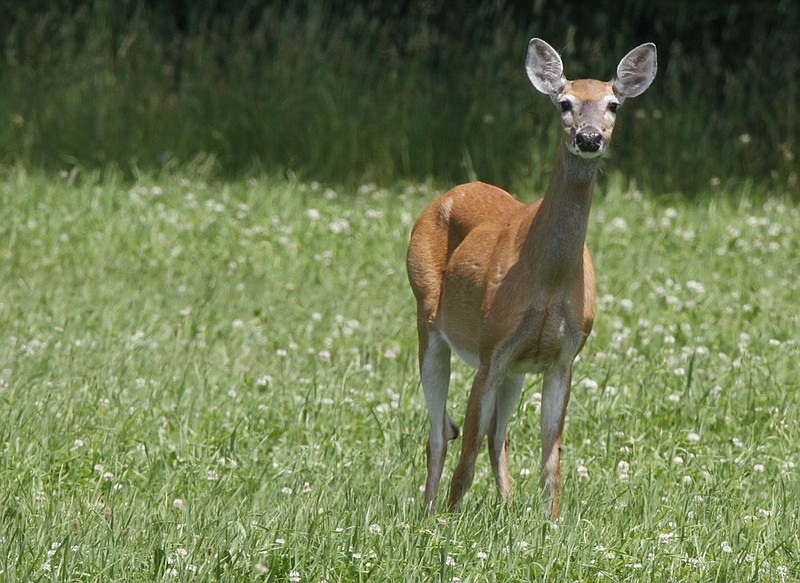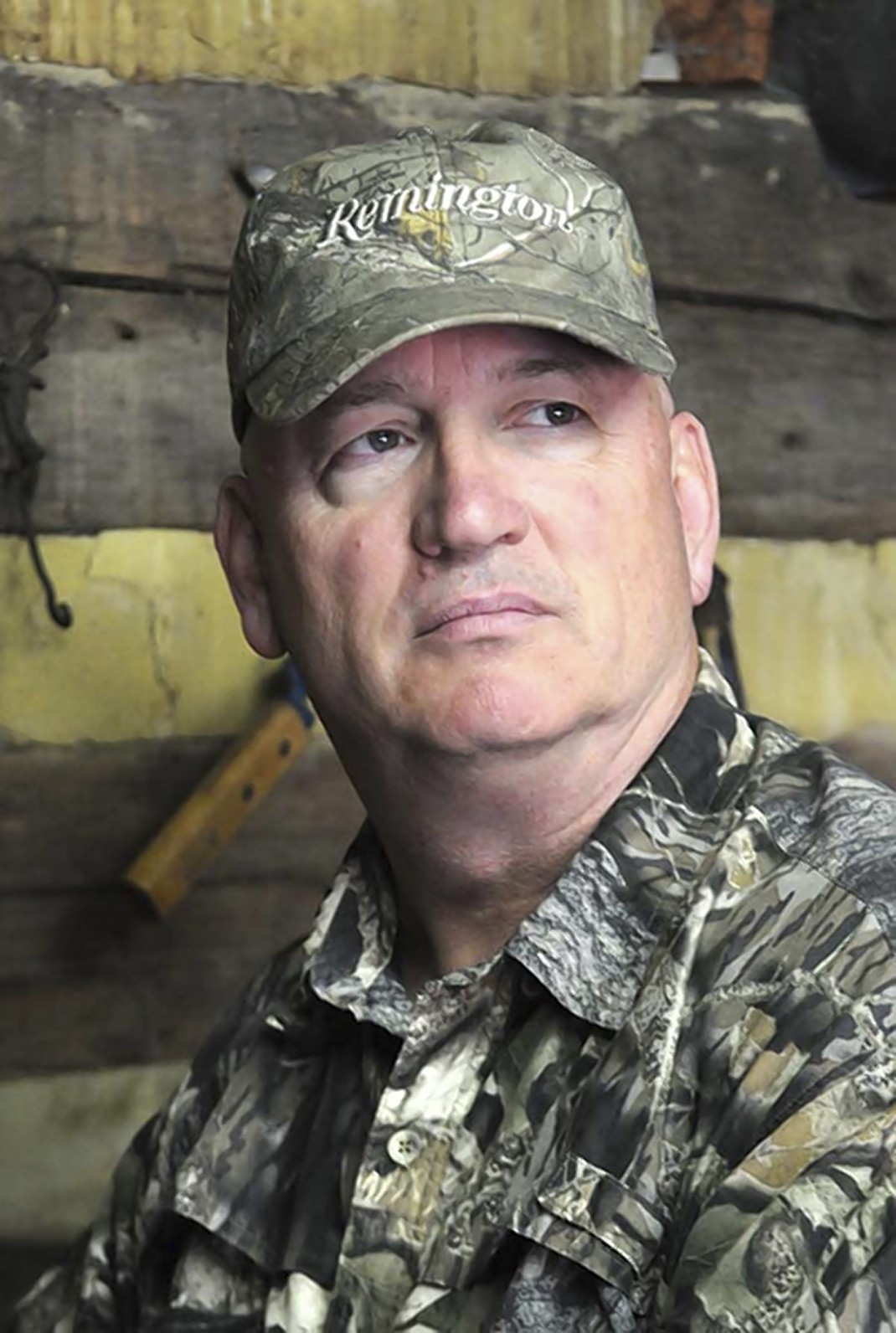"Myths which are believed in tend to become true." - George Orwell
What can you believe these days?
We live in a crazy time of fake news and rumor control. What you take as truth often depends on where you get your news and whom you trust. The outdoors world of hunting and fishing may not be quite that bad, but we certainly have our time-honored truisms that have been lurking around since the first hunter sat poking sticks in that big fire I always write about.
(Ever think about that? Why is sitting and stirring the camp fire so mesmerizing? I think it is because - well, maybe we better talk about that one some other time.)
Anyhow, you sportsmen (and sportswomen) out there will recognize most of these old tales. Some of them you may believe. Some of you may or may not agree with my assessment of such myths. Some of you may think I should go back to my job as a greeter at Wally World.
Here are some of the myths/truisms from the outdoors world hit parade:
Once a spike, always a spike. Deer hunters know this one. Since I was a little kid (right after the French and Indian War), I have heard self-appointed deer experts preach that a spike buck - the little buck you see with the skinny, little single-pointed antlers - will be a spike his whole life.
Even as a kid, standing around the trucks at lunch time eating Vienna sausages and listening to all this, I had my doubts. The average whitetail male deer (though not all) is a "button buck" in the fall of his first year. Small, knob-like "buttons" appear where he will have antlers later. The next year, with the buck now about 1 1/2 years old, he will commonly have "spikes," two little antlers that do not branch out. After that, this buck may be a fork horn, a small six-point buck, etc.
I still cringe when the local deer expert offers such advice as, "You may as well shoot that spike and get him out of the gene pool; he will never be anything but a spike." Really? I will say most bucks start as a spike, and you can't control genetics in a wild deer herd anyway. (That should a good one for discussion at the barber shop.)
Whitetail deer are color blind. Once again this is an old one, and I would say yes - and no.
I am not a wildlife biologist and I don't play one on TV, but some of the latest studies seem to say deer see some but not all colors. Scientists who study this sort of thing tell us deer may see the different shades of blue and yellow very well but not so much red and green. This may account for deer having no problem with a hunter in blaze orange, which is a good thing because the requirement of wearing this color has saved many lives.
The old saw about deer seeing everything in black and white is not holding water with today's deer experts, though.
Please don't go there. Back in the day, I knew several bow hunters who would go to great lengths not to urinate around a tree stand.
The theory was that if a buck detected where you had - well, you know - he would flee the area and never return. This usually involved an empty milk jug or other container on a string that was pulled up to the hunter in the tree. The hunter would then use the jug to - well, you get the idea. These guys were very serious about this, and I am sure some of you are still doing this.
Many deer experts now tell us that taking a leak around your stand will not frighten deer, and the practice may actually attract some. One scent company I did a story on a few years ago, and I am not making this up, actually sold a deer attractant package that called for a hunter to mix the ingredients with his or her own urine. Scout's honor.
OK, I know we did not get to very many myths and probably didn't cover some of the ones you wanted to see talked about. Do you want to share some of your favorites? Let me know.
As usual, those stingy editors do not give me enough room here. A prophet is never appreciated in his own time.
"The Trail Less Traveled" is written by Larry Case, who lives in Fayette County, W.Va. You can write to him at larryocase3@gmail.com.

